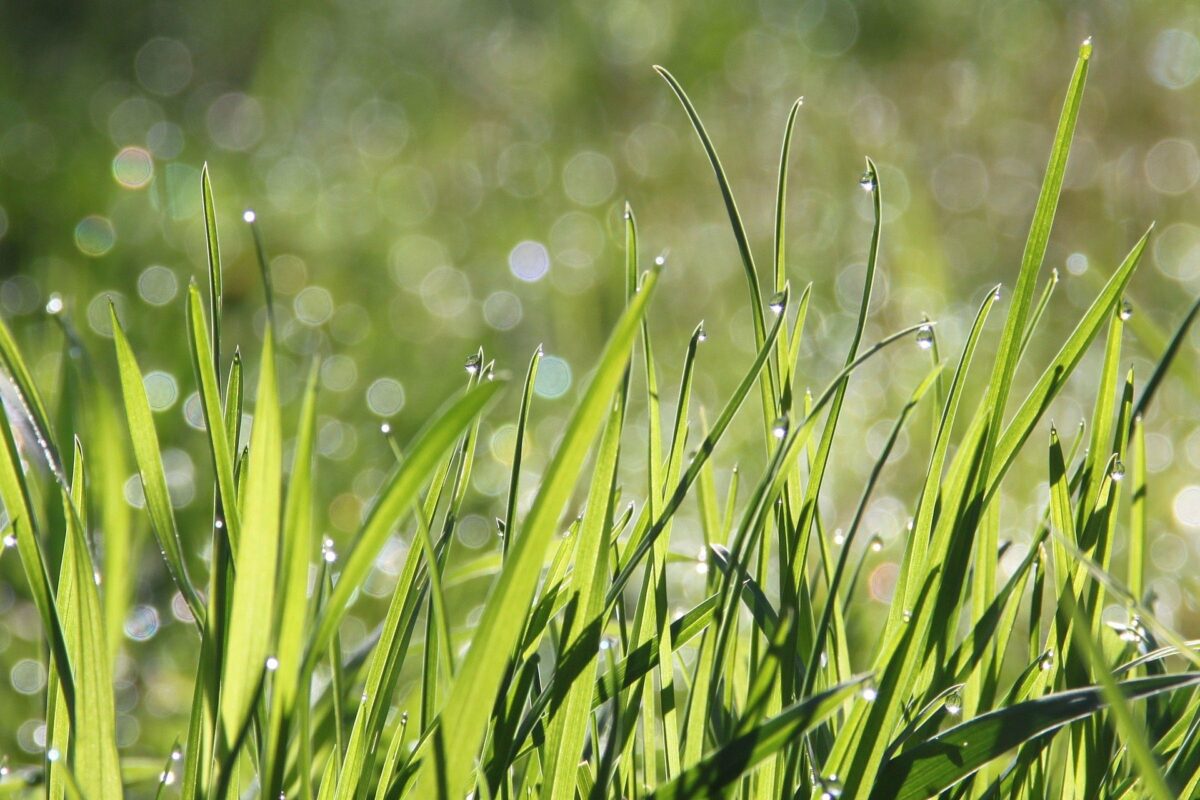News

Be Wise When You Fertilize
Below is a message shared from the PA Department of Agriculture:
Preventing fertilizer loss keeps your lawn healthy, saves you money, and protects our waterways.
It is important to properly assess your lawn’s nutrient needs prior to selecting and applying fertilizer. The Pennsylvania Department of Agriculture is working with homeowners and businesses to promote best practices and education opportunities to understand how to best meet our shared goals.
Follow the 4Rs of Nutrient Management: Right Source, Right Rate, Right Time, Right Place.
Fertilizer Law
On July 11, 2022, Pennsylvania enacted a new fertilizer law that updated requirements for both manufacturers and applicators of fertilizers. This includes label modifications, turf nutrient limitations, fee updates, and application restrictions.
Who is a Fertilizer Applicator?
The term “applicator” refers to anyone who applies fertilizer, including: lawn care professionals, farmers, and homeowners.
Calibrate
Follow the directions on the fertilizer label and use a fertilizer spreader that is properly calibrated.
Know the Rate
Select a fertilizer that is appropriate for the lawn’s needs. Phosphorus can’t be applied unless: establishing or repairing turf or a soil test indicates a phosphorus deficiency.
Nitrogen is limited to:
- 0.7 pounds available N per 1000 square feet
- 0.9 pounds total N per 1000 square feet
Whenever possible, choose an enhanced efficiency fertilizer to ensure nutrients are available when the lawn needs them.
Environmental Conditions
In order to reduce nutrient loss, applicators of fertilizer must follow these site restrictions.
- Do not apply near waters, storm drains, or drainage ditches.
- Maintain a 15-foot buffer from waterways.
- Do not apply if heavy rain is expected.
- Do not apply if ground is snow-covered or frozen.
- Apply product using a properly calibrated fertilizer spreader.
- Apply only to intended application site.
- Fertilizer that lands on an impervious surface (like roads, sidewalks, driveways) must be swept back onto turf.
It is important to follow all label directions and safety precautions to protect yourself and your lawn.
Check out this short video and this newsletter article from the PA Department of Agriculture to learn more about fertilizer best practices.
You can also find more information at the PA Department of Agriculture’s website here.
